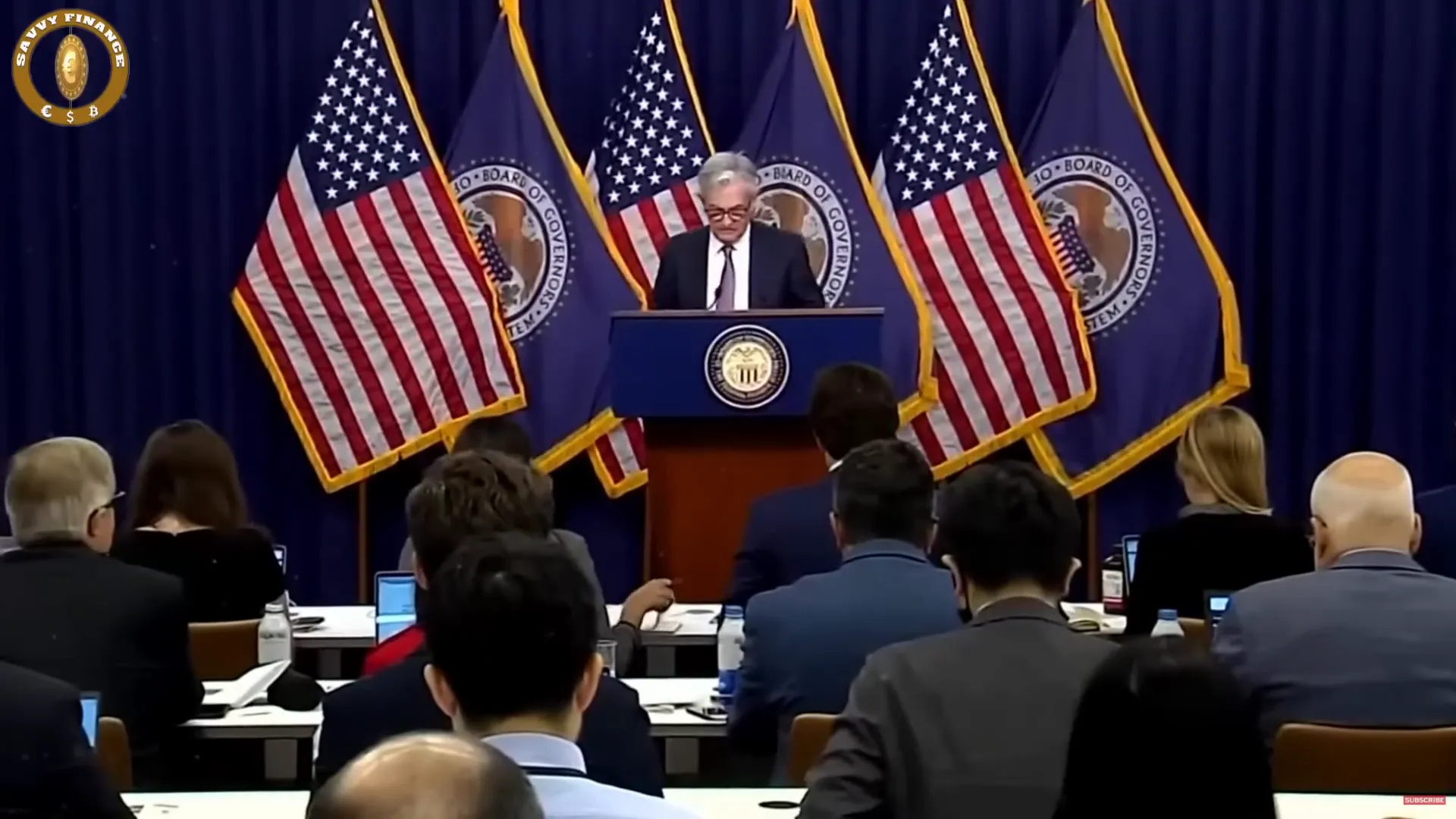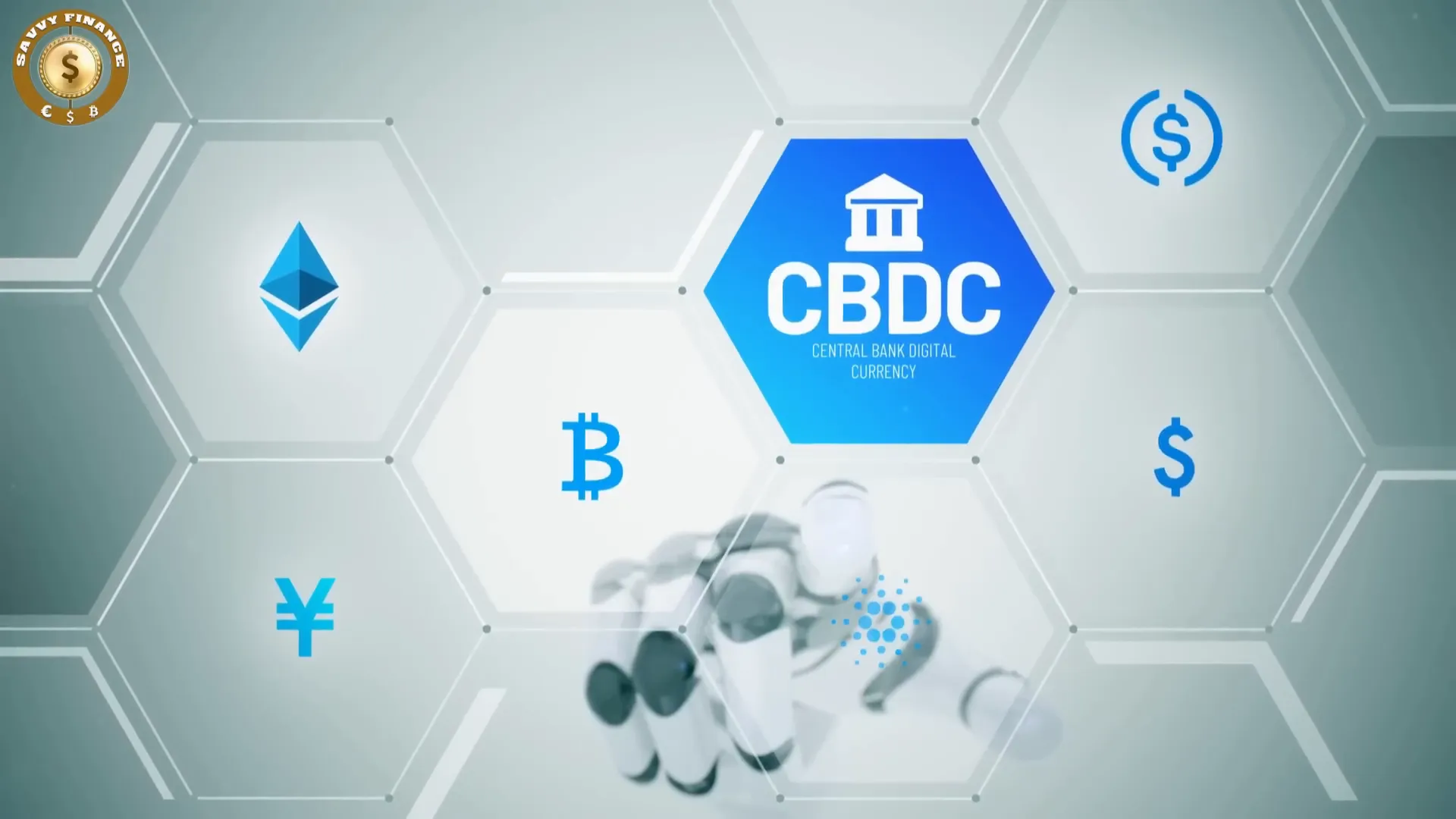
We stand at the dawn of a monetary revolution, one that promises to redefine how we perceive and use money. The insights shared by Lawrence Lepard reveal a compelling vision for the future of cryptocurrency, bitcoin, and the financial landscape. This article explores why Bitcoin is more than just a digital asset — it's poised to become the backbone of a new global monetary standard, challenging the broken fiat systems that have ruled for decades.
Table of Contents
- The Evolution of Money: Bitcoin as the Next Monetary Standard
- Fiat Money’s Crisis: Debt, Inflation, and Distortion
- Bitcoin as the Lifeboat: Scarcity, Decentralization, and Adoption
- Bitcoin as Medium of Exchange: Progress and Potential
- The Threat of Central Bank Digital Currencies (CBDCs)
- Call to Action: Orange Pill the World
- Conclusion: Bitcoin’s Role in the Greatest Wealth Transfer
The Evolution of Money: Bitcoin as the Next Monetary Standard
Human history shows a clear pattern: when a better form of money emerges, societies eventually migrate towards it. Lepard predicts that in the coming decades, Bitcoin will replace traditional currencies as the true “North Star” of money. The dollar, with its vast network effect and historical momentum, won't disappear overnight, but over 20 to 30 years, Bitcoin’s incorruptible, decentralized nature will make it the preferred monetary standard.

Every few centuries, a transformative technology rewires civilization — from the printing press to the combustion engine, the Internet, and now Bitcoin. This isn’t a mere new asset class or digital novelty; it’s a full-scale monetary revolution happening in real time. Bitcoin is to money what the Internet was to information: a fundamental shift with far-reaching consequences.
Fiat Money’s Crisis: Debt, Inflation, and Distortion
The 2008 financial crisis marked a turning point. Instead of allowing banks to fail, governments intervened with massive bailouts, zero interest rates, and unprecedented money printing. Lepard describes this as a “big socialist experiment for the banks.” These emergency measures never fully reversed, creating a distorted economic system that rewards debt and speculation while punishing savers and the middle class.

This system is unfair by design. Wall Street borrows at prime rates sometimes as low as zero percent, while average individuals face credit card interest rates exceeding 25%. Usury laws that once protected consumers are now obsolete, and the financial elite hold disproportionate power over the economy.
The Federal Reserve’s Role: Power, Inflation, and Broken Incentives
The Federal Reserve, created in 1913, has evolved into a powerful institution that sustains this broken system. Lepard highlights how its role in backstopping banks has led to perpetual inflation. Central bankers enjoy their influence, often moving on to lucrative private sector roles after their tenure, further entrenching a system that favors insiders.
Interest rates, ideally set by free market forces balancing savings and investments, are now manipulated to maintain cheap capital. This has fueled asset bubbles and widened the wealth gap, creating a perverse incentive structure where failure is rewarded and responsibility ignored.

Bitcoin as the Lifeboat: Scarcity, Decentralization, and Adoption
In a world where fiat currencies lose purchasing power and governments spiral deeper into debt, Bitcoin emerges as a lifeboat outside the failing system. Its programmed scarcity — capped at 21 million coins — sets it apart from commodities and fiat currencies whose supplies expand with demand.
Lepard points out that unlike traditional commodities, Bitcoin’s supply cannot be increased to meet rising prices, positioning it as a uniquely deflationary asset. This scarcity, combined with decentralization and immunity to political manipulation, makes Bitcoin the only asset engineered to withstand the collapse of fiat currencies.

Adoption Curve: From Early Skepticism to Mainstream Awareness
Drawing parallels with the early days of the Internet, Lepard explains how Bitcoin’s growth follows a classic adoption curve. Early adopters experienced clunky technology and skepticism, but improvements and increasing utility have accelerated adoption. Today, it’s hard to find anyone in the developed world unaware of Bitcoin.
Still, the percentage of people who understand why they need Bitcoin remains small. However, as awareness grows, adoption will accelerate — just like cell phones became indispensable over time. Lepard envisions a future where everyday items are priced in Satoshis, the smallest unit of Bitcoin, signaling a fundamental shift in how value is measured globally.
Bitcoin as Medium of Exchange: Progress and Potential
While Bitcoin is often viewed as digital gold or pristine digital capital, its use as a medium of exchange is steadily increasing. Lepard shares firsthand experience using Bitcoin’s Lightning Network to make everyday purchases and tips, especially in service industries. In countries with unstable currencies like Kenya, Bitcoin is already functioning as a daily transactional currency, demonstrating its growing utility.
Eventually, Lepard believes Bitcoin will replace the dollar entirely, becoming the default medium of exchange worldwide. This gradual transition reflects the viral network effects and the inherent advantages of Bitcoin over fiat money.

The Threat of Central Bank Digital Currencies (CBDCs)
Beneath the monetary issues lies a deeper threat: Central Bank Digital Currencies (CBDCs). Lepard warns that CBDCs represent the final mutation of a broken fiat system — a system that digitizes control rather than reforming itself. These digital currencies enable governments to surveil, control, and even disable your money based on behavior or policy compliance.
This dystopian vision of programmable money is not science fiction; pilot programs are already underway globally. Lepard highlights a race between two futures:
- A financial panopticon built by CBDCs, enforcing compliance and surveillance.
- A free, decentralized monetary system led by Bitcoin, preserving financial liberty.

Bitcoin’s decentralization, permissionless nature, and inability to be turned off make it a firewall against authoritarian finance. It requires only understanding and adoption, not obedience.
Call to Action: Orange Pill the World
Lepard’s message is clear: the goal now is to “orange pill” the world — to educate, onboard, and empower individuals to opt out of the failing fiat system. Every person who joins the Bitcoin ecosystem is one less subject under centralized monetary control.
Simple actions like sending a Lightning tip or helping someone set up a Bitcoin wallet can have an outsized impact. The race is urgent; if CBDCs become the default, the window for resistance could close forever.

Conclusion: Bitcoin’s Role in the Greatest Wealth Transfer
The next twenty years could witness the greatest wealth transfer in modern history, driven by the rise of Bitcoin as the new monetary superpower. As fiat currencies continue to erode in value and political will to fix broken systems remains absent, Bitcoin offers a rare beacon of hope — a sound, scarce, and censorship-resistant form of money.
Whether you’re an investor, a skeptic, or simply curious, understanding the macroeconomic shifts around cryptocurrency, bitcoin is essential. This isn’t just about profits; it’s about preserving financial freedom in the digital age.
Are you ready to build your lifeboat and join the movement toward monetary sovereignty?
BULL ALERT! How Cryptocurrency and Bitcoin Are Set to Disrupt the Entire Financial Market. There are any BULL ALERT! How Cryptocurrency and Bitcoin Are Set to Disrupt the Entire Financial Market in here.
